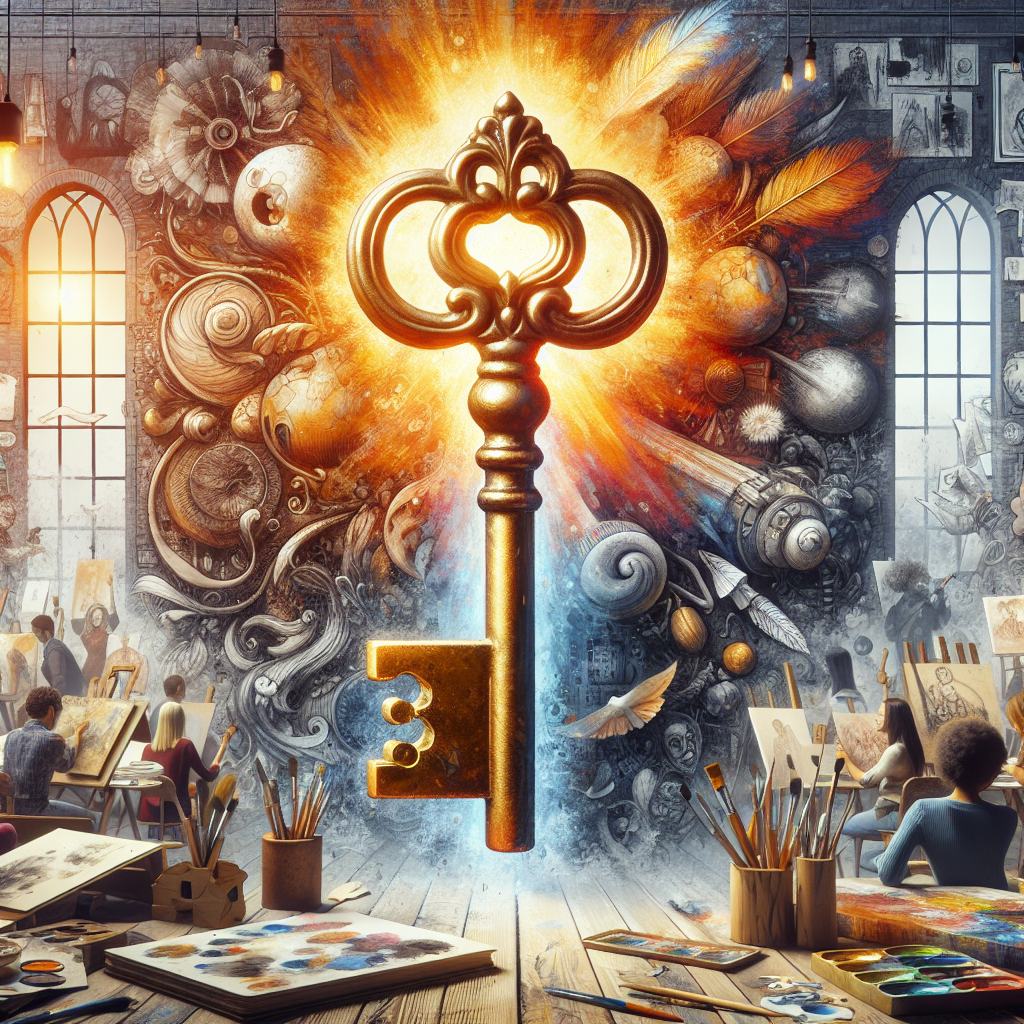Unlocking Creativity: Effective Strategies for Art Classes and Services
In today’s fast-evolving world, art classes and services have become essential for nurturing creativity, self-expression, and critical thinking skills. Whether you are an art educator, a studio owner, or a student seeking to enhance your artistic journey, implementing effective strategies is key to making the most out of your art learning experience. This article delves into proven approaches for maximizing the value of art classes, explores innovative art services, and highlights best practices for both art teachers and learners.
Why Are Strategies Important in Art Education?
The right strategies in art education can turn a standard lesson into an engaging, transformative experience. Art classes are more than just learning how to draw or paint; they foster imagination, problem-solving, and emotional intelligence. By using well-designed strategies, instructors can cater to different learning styles, encourage participation, and create a positive, inclusive studio environment.
- Student Engagement: Techniques like group projects, interactive workshops, and hands-on demonstrations make learning art fun and memorable.
- Skill Development: Structured lesson plans and personalized feedback support continuous improvement.
- Creativity Enhancement: Open-ended assignments and creative challenges inspire original thinking.
Key Strategies for Art Classes
Here are some effective strategies to elevate your art classes and ensure your students reach their full creative potential:
-
Incorporate Diverse Art Mediums
Introducing a variety of mediums—such as acrylics, watercolors, sculpture, digital art, and mixed media—broadens students’ horizons and helps them discover their unique artistic voice.
-
Foster a Growth Mindset
Encourage students to embrace mistakes as opportunities for growth. Displaying finished and in-progress works helps normalize the creative process and builds confidence.
-
Utilize Technology in Art Instruction
Virtual art classes, digital portfolios, and online critiques make art education accessible and engaging for all ages and skill levels.
-
Personalized Feedback and Assessment
Providing constructive, individualized feedback helps learners refine their techniques and develop a deeper understanding of art fundamentals.
-
Encourage Collaboration and Community
Organize group exhibitions, collaborative murals, and peer-to-peer workshops to build a supportive art community and celebrate collective achievements.
Innovative Art Class Services
As the demand for creative learning grows, art class services are evolving to meet diverse needs. Art studios, community centers, and online platforms now offer a range of services designed to make art accessible and enjoyable for everyone:
- Private and Group Lessons: Tailored instruction for beginners, intermediates, and advanced artists.
- Workshops and Masterclasses: Short-term, focused sessions on specific techniques, styles, or themes.
- Art Therapy Sessions: Guided classes that use creative expression for emotional well-being.
- Portfolio Development: Assistance with building strong, diverse portfolios for college applications or professional opportunities.
- Online Art Courses: Flexible, self-paced learning options for remote students.
Best Practices for Art Instructors
Successful art educators employ a variety of best practices to create inspiring and effective learning environments. Here are some tips to consider:
- Set Clear Learning Objectives: Outline what students will achieve by the end of each session, using both technical and creative goals.
- Integrate Art History and Contemporary Art: Contextualizing lessons with historical references and current trends enriches students’ understanding of art’s evolution.
- Promote Inclusivity: Respect different backgrounds, encourage diverse perspectives, and ensure everyone feels welcome and inspired to create.
- Continuous Professional Development: Stay updated on the latest art education trends, techniques, and technologies by attending workshops and networking with other educators.
Maximizing Student Outcomes in Art Classes
To get the most out of art classes, students should:
- Set personal creative goals.
- Experiment with new techniques and mediums.
- Seek feedback from peers and instructors.
- Participate in exhibitions and art shows.
- Document progress with a sketchbook or digital portfolio.
Related LSI Keywords in Art Education
To enhance your understanding and improve discoverability, here are some related terms often searched alongside strategies art classes services:
- creative art instruction
- art class curriculum
- art lesson plans
- visual art services
- art studio programs
- art enrichment activities
- art education techniques
- art teacher resources
- after-school art classes
- art workshops for adults and kids
- fine arts learning strategies
- student-centered art education
- hands-on art classes
- art portfolio coaching
- creative expression classes
Conclusion: The Future of Art Classes and Services
The landscape of art classes and services continues to evolve, driven by a passion for creativity and innovation. By adopting effective strategies and embracing new technologies, both educators and learners can unlock their full creative potential. Whether in-person or online, art education remains a vital part of personal and cultural development, empowering individuals to express themselves and connect with the world through visual language.

0 responses to “Unlocking Creativity: Effective Strategies for Art Classes and Services”